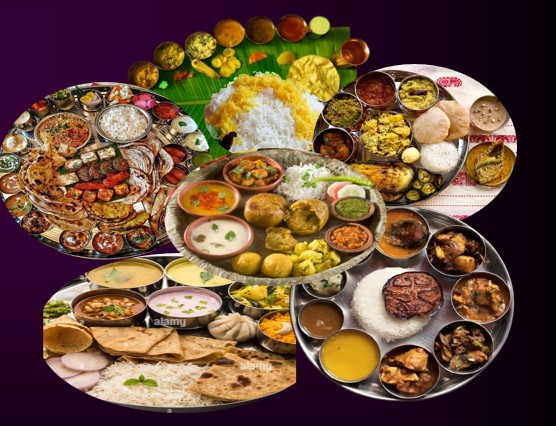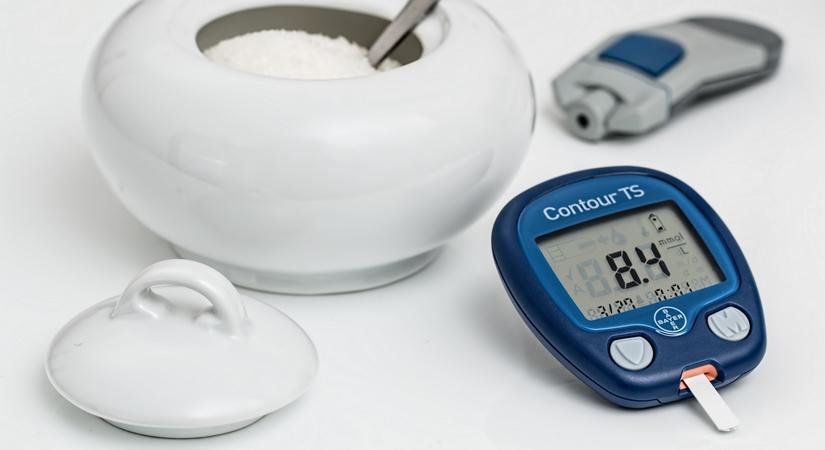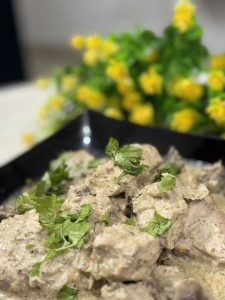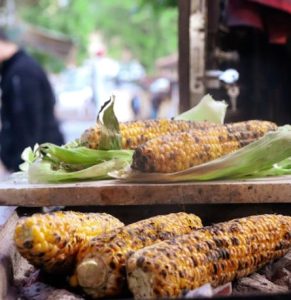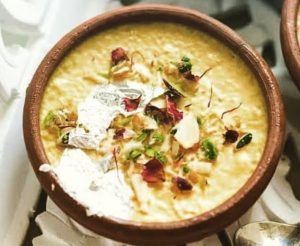The findings, based on data from the ICMR-INDIAB study, were published in the journal Nature Medicine. Researchers analysed eating patterns from a nationally representative sample of 1,21,077 adults across urban and rural areas in 36 states and union territories
A major dietary study by the Indian Council of Medical Research (ICMR) has found that Indians’ excessive intake of carbohydrates and saturated fats — combined with insufficient protein consumption — is a major contributor to the country’s rising burden of diabetes, obesity, and related metabolic disorders.
The findings, based on data from the ICMR-INDIAB study, were published in the journal Nature Medicine. Researchers analysed eating patterns from a nationally representative sample of 1,21,077 adults across urban and rural areas in 36 states and union territories.
The results revealed that a staggering 62 per cent of daily calories in Indian diets come from carbohydrates — one of the highest levels globally. Much of this comes from low-quality sources such as white rice, refined grains, and added sugars, which are strongly linked to increased metabolic risk.
White rice dominates diets in the South, East, and Northeast, while wheat is more commonly consumed in the North and Central regions. Alarmingly, 21 states and union territories exceeded national guidelines for added sugar, which recommend limiting it to less than 5 per cent of total energy intake.
Though overall fat intake was within recommended levels (less than 30 per cent of total energy), most Indians consumed more saturated fat than advised for metabolic health (less than 7 per cent). Only four states — Jharkhand, Chhattisgarh, Arunachal Pradesh, and Manipur — stayed within the safe limit.
Meanwhile, healthier fats like monounsaturated and omega-3 polyunsaturated fats were found to be low across all regions.
The study also identified a serious protein gap in Indian diets. On average, protein accounts for just 12 per cent of daily energy, with the Northeast showing the highest intake at 14 per cent. Most of this protein comes from plant-based sources like cereals, pulses, and legumes, while dairy and animal-sourced protein contribute just 2 per cent and 1 per cent of energy, respectively.
“Our findings clearly show that typical Indian diets — heavy in carbs from white rice or wheat, and low in quality protein — are putting millions at risk,” said Dr. R.M. Anjana, lead author and President of the Madras Diabetes Research Foundation (MDRF). “Just switching from white rice to millets isn’t enough. The overall carb load needs to reduce, and protein intake — especially from plant and dairy sources — must increase.”
Importantly, the study also found that replacing carbs with red meat or fats did not yield the same health benefits.
“These insights should drive urgent policy reforms,” added Dr. V. Mohan, senior author and Chairman, MDRF. “Food subsidies, public nutrition programs, and awareness campaigns must focus on promoting balanced diets that reduce excess carbs and saturated fats, while closing the protein gap.”
The researchers concluded that addressing these imbalances is key to reversing rising trends in diabetes and obesity across India.

